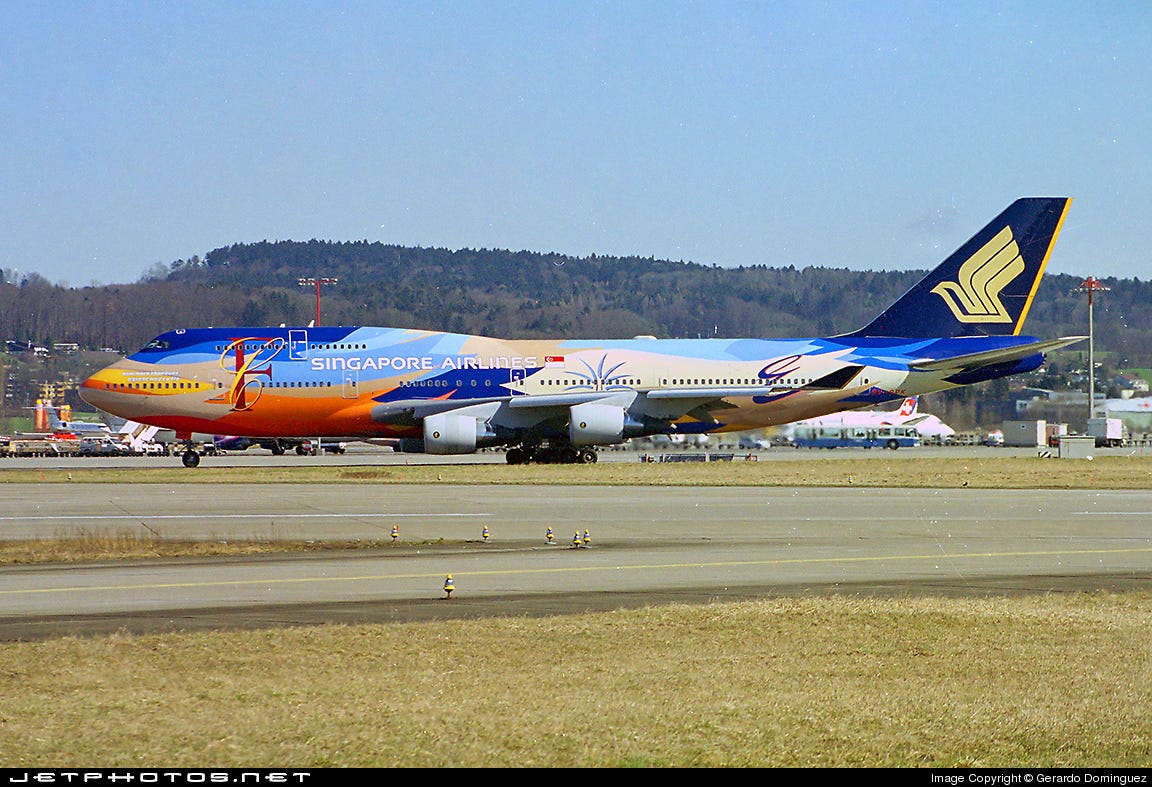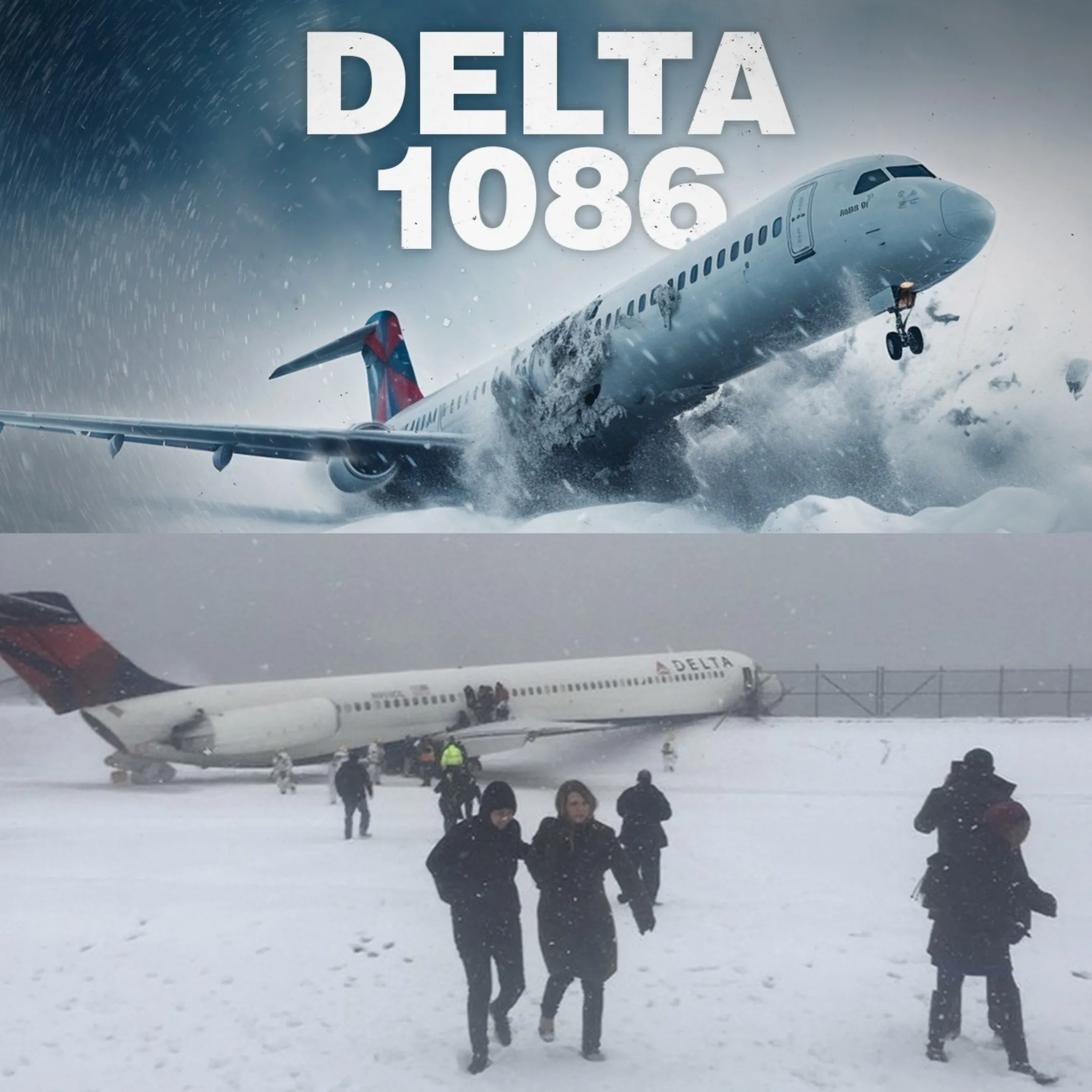
On Halloween night in 2000, the crew and passengers of Singapore Airlines Flight 6 embarked on a flight from Taipei to London, unaware that they would soon be involved in one of the most devastating aviation disasters in history.
As the aircraft hurtled down the runway in Taipei, the weather worsened with Typhoon Zang Zan fast approaching. What was supposed to be a routine overnight flight turned into a deadly nightmare when a simple, seemingly harmless mistake led to one of the deadliest aviation accidents in Singapore Airlines history.
The aircraft in question was a Boeing 747-400, a state-of-the-art airplane designed for long-haul flights. The pilots aboard, Captain Foon Chi Kong, First Officer Lateef Cyrano, and relief First Officer Un Kang Leng, were highly trained and experienced.
Captain Foon, with over 11,000 flying hours, was well-respected in the aviation community. The first officer, Cyrano, though less experienced, had over 2,500 hours of flying time, and the relief pilot, Kang, had more than 4,500 total hours. Despite their wealth of experience and Singapore Airlines' excellent safety record, a series of small yet catastrophic mistakes led to the tragic accident.
As Flight 6 taxied out for takeoff, the weather conditions were far from ideal. Winds gusting at 100 kilometers per hour and heavy rain made for challenging conditions, but the crew had no reason to believe that anything would go wrong.
The pilots were calm and methodical, determined to ensure that everything went smoothly despite the poor weather. The plane was loaded with 159 passengers, including citizens from Taiwan and the United States, and everything seemed routine as they prepared to depart.
However, as they lined up for takeoff, something went terribly wrong. During the takeoff roll, Captain Foon's decision to slowly taxi out onto the runway to avoid skidding seemed prudent in the high winds.

But as they accelerated down the runway, the crew's focus was entirely on the green taxiway lights, which were meant to guide the aircraft. Unfortunately, these lights were misleading.
The runway that the pilots lined up on, Runway 05 Right, was undergoing a conversion into a taxiway, a process that had not yet been completed. While Runway 05 Left, the correct runway for takeoff, had well-established runway markings and lighting, Runway 05 Right still retained its old taxiway lighting, including green lights that misled the pilots into thinking they were aligned with the correct runway.
A key component of the error was the pilots’ confirmation bias, where they subconsciously chose to trust the lights they were following rather than questioning whether they were truly on the correct runway.
As Flight 6 began its takeoff roll, the reality of the mistake quickly became apparent. At approximately 150 knots, or around 280 kilometers per hour, the aircraft hurtled down the runway—unbeknownst to the crew, they were heading straight for a construction zone.
Sitting directly in their path were bulldozers, excavators, rollers, and concrete barriers, all lit by the aircraft’s headlights in the midst of a torrential downpour. The moment the pilots realized the horrific truth, it was far too late.
The 747 crashed through the concrete barricades, tearing through the construction equipment and ripping off part of the left wing and three of the aircraft’s engines.
As the plane veered left, a massive fireball engulfed the wreckage, and the aircraft split into three pieces. It was a scene of utter devastation, with the fire department rushing to the scene within minutes, but for many on board, it was already too late.
The aftermath of the crash was grim. Out of the 179 people on board, only 96 survived, including the three pilots. The cause of the accident was immediately clear: the crew had mistakenly lined up on the wrong runway, compounded by the misleading taxiway lighting and a failure to adequately assess the situation.

The findings of the investigation were damning. Despite the pilots' overall professionalism and caution in their flying, the poor lighting, unclear signage, and the pilots’ failure to critically assess the situation led to the disaster.
The psychological biases at play were a significant contributing factor. Confirmation bias, in which individuals rely on familiar cues to validate their actions, played a major role in the pilots’ assumption that they were correctly lined up with Runway 05 Left.
The pilots had seen the green taxiway lights before on the original layout of the runway, but they failed to question the change in infrastructure. This error, coupled with the lack of proper visual cues, made it seem like the pilots were on the correct path when, in fact, they were dangerously off-course.
In response to the disaster, significant changes were made in aviation procedures. Airports now follow stricter regulations on lighting and signage, ensuring that pilots do not make the same mistakes.
Modern aircraft have moving map displays that show real-time positions on the ground, reducing reliance on outdated navigation systems. Pilots also undergo more extensive training in threat and error management, learning how to identify and mitigate human factors like confirmation bias.
Singapore Airlines learned valuable lessons from the crash, and its protocols for taxiing, runway identification, and communication between pilots were refined. The use of better visual indicators, including proper runway lighting and real-time flight position mapping, became the standard.
While the crash of Singapore Airlines Flight 6 was a tragedy that cost many lives, the lessons learned have undoubtedly made air travel safer for all. The industry responded by addressing the flaws exposed by the accident, ensuring that similar mistakes would be far less likely in the future.
The disaster highlighted the dangers of complacency and the need for continuous vigilance, even in seemingly routine situations.

For the passengers on board, the crew’s extraordinary efforts under extreme pressure undoubtedly saved lives. The pilots, despite their mistakes, made critical decisions that allowed for a remarkable evacuation after the crash.
Though the consequences were devastating, their actions ultimately prevented a much higher death toll.
As we look back on the events of October 31, 2000, it’s clear that while aviation technology and infrastructure have vastly improved, human factors remain a critical component of flight safety.
The crash of Singapore Airlines Flight 6 remains a stark reminder of how quickly routine can turn into disaster, but also of the resilience and adaptability of the aviation industry in the face of tragedy.
-1749960605-q80.webp)


